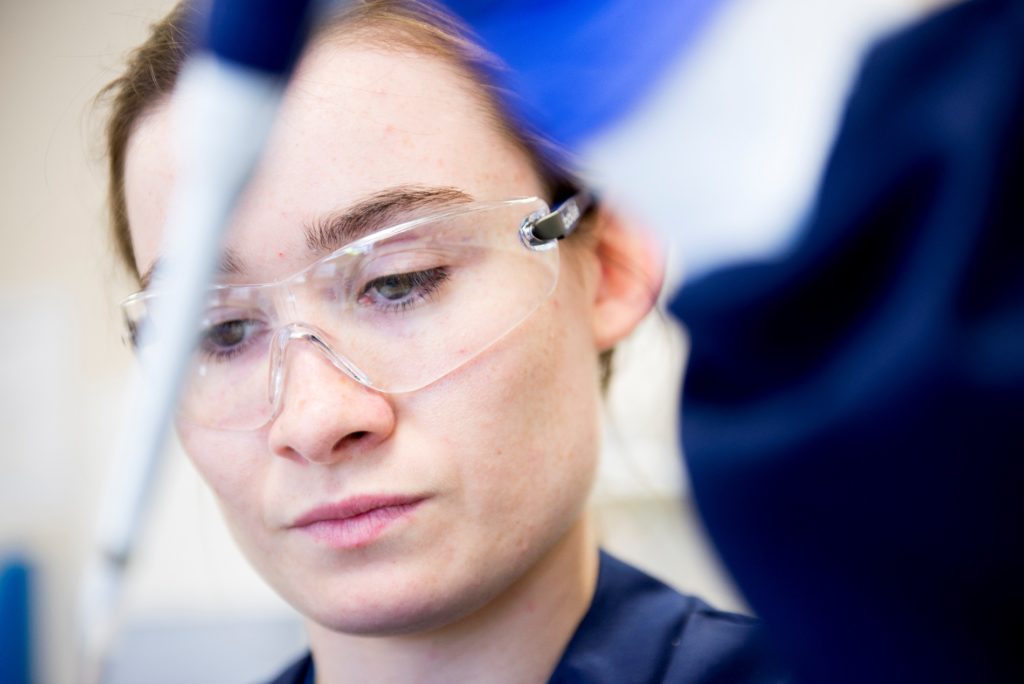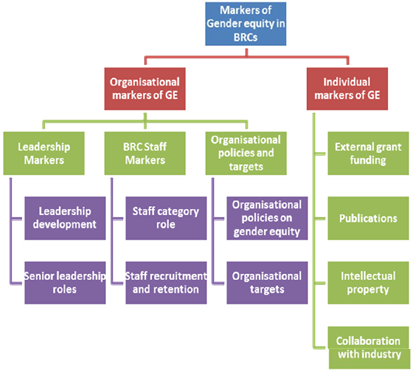Researchers from the NIHR Oxford Biomedical Research Centre (BRC) have developed a tool to rank and identify new gender equity markers specific to NIHR BRCs.

In an article published in the PLOS ONE journal, the BRC researchers identified two distinct dimensions to monitoring gender equity: ‘organisational markers’ and ‘individual markers’.
The findings were based on an online survey in which hundreds of people affiliated with the NIHR Oxford BRC – senior leaders, clinical and non-clinical researchers, trainees, administrative staff and other professionals – were invited to rank the importance of 13 different markers of gender equity.
Organisational markers include leadership development, senior leadership roles, staff recruitment and retention, and organisational policies and targets; individual markers comprise external research funding, publications, intellectual property and collaboration with industry.
Lead author Dr Lorna Henderson said: “The evidence base for monitoring gender equity is underdeveloped. We believe we have made important advances in achieving the aims of this study: to develop a survey tool which captures the major dimensions of gender equity and so inform future planning and monitoring of gender equity in a biomedical research setting.”
Dr Sarwar Shah, one of the co-authors, said: “We have developed this tool using a robust methodology. However, it needs further evaluation, refinement and addition of new markers of gender equity relevant to biomedical and translational research organisations, which could be possible through further research using this tool in other BRCs in the UK and beyond.”

The NIHR Oxford BRC is a collaboration between Oxford University Hospitals NHS Foundation Trust and the University of Oxford, one of 20 BRCs funded by the NIHR to support translational healthcare research that benefits NHS patients.
Previous research in this field has focused predominantly on clinical academic settings and Athena SWAN evaluations in universities.
Since 2011, BRCs have been required to demonstrate significant progress in gender equity to be eligible to apply for funding, but the evidence base for monitoring this in BRC settings has not been well established.
The Oxford BRC’s Chief Operating Officer, Dr Vasiliki Kiparoglou, who was also a co-author on the paper, added: “The NIHR Oxford BRC is committed to supporting research on equality, diversity and inclusion. This project is an important new evidence tool which can be potentially applied in other BRCs to measure progress in this important field.”
The project formed part of the STARBIOS2 project (Structural Transformation to Attain Responsible BIOSciences) a European project, funded by the European Commission’s Horizon 2020 programme, in collaboration with colleagues from the University of Oxford’s Medical Sciences Division which aimed to implement a Responsible Research and Innovation (RRI) approach in research institutions. Over the course of four years, six bioscience research institutions in Europe, and three outside Europe, worked together to achieve structural change towards RRI in their own research institutions, with the goal of achieving responsible biosciences.